Maruti Suzuki Brezza, Grand Vitara and Baleno to Undergo Bharat NCAP Crash Tests Soon
The Bharat NCAP crash tests comprise the offset deformable barrier frontal impact test, the side impact test, and the pole side impact test. The cars are evaluated using a 0-to-5 rating scale.
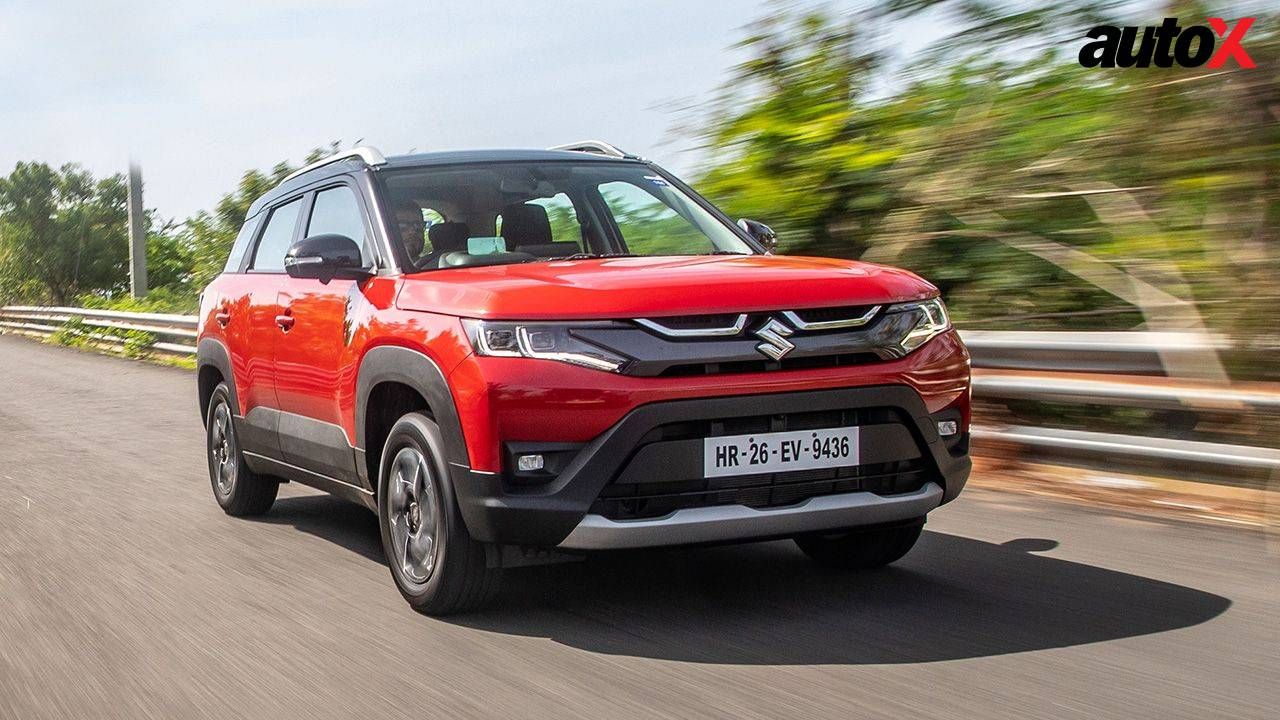
Maruti Suzuki has revealed which models from its portfolio will initially go through the Bharat NCAP crash tests to obtain safety ratings. The company announced at a recent media briefing that the first Maruti Suzuki vehicles to undergo the tests would be the Baleno, the Brezza, and the Grand Vitara. The date on which these three cars will be put through Bharat NCAP has not yet been disclosed by the auto major. For those who don't know, the Baleno hatchback and the Brezza SUV have previously undergone crash tests conducted by Global NCAP, with varying degrees of success. The first test results from India's crash test program, the BNCAP, were released last month and the program was rolled out in August 2023. The second batch of vehicles to be evaluated will reportedly include the Fronx, which is based on the Baleno. Notably, the Bharat NCAP testing holds particular significance for these models since they are among the company's best-selling models and serve the hatchback and compact SUV categories.
What is Bharat NCAP?
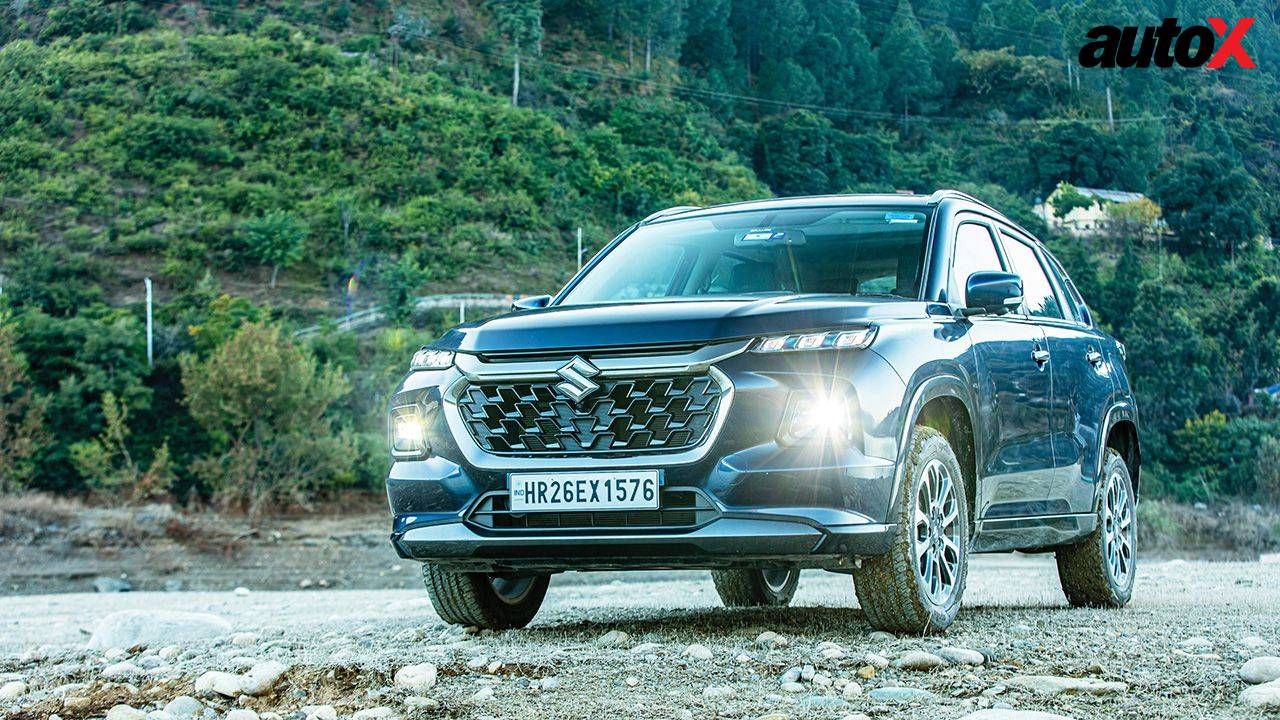
Bharat NCAP is a voluntary program that requires testing of the base variant of any car model. The recently launched assessment program carries out Adult Occupant Protection (AOP) and Child Occupant Protection (COP) tests on cars weighing up to 3,500 kg (3.5 tons). Several NCAP organisations carry out these tests. As part of this initiative, automakers are allowed to choose whether or not to have their vehicles crash-tested. This program mandates the installation of upgraded emergency braking systems, six airbags, electronic stability control (ESC), and three-point seatbelts for all occupants. Cars equipped with the aforementioned features will receive higher safety ratings.
All the models sold in India must include a variety of safety equipment, including speed alert systems, rear parking assistance, dual front airbags, ABS with EBD, and front seatbelt reminders. Six standard airbags and three-point seatbelts for each passenger are mandated for cars with a 5-star safety rating. Moreover, the incorporation of advanced driver assistance systems (ADAS) may become necessary in the future to receive high safety ratings.
Also Read: Tata Safari, Harrier SUVs Receive 5-Star Rating in Inaugural Bharat-NCAP Evaluation
The BNCAP Procedure
The crash tests comprise the offset deformable barrier frontal impact test, the side impact test, and the pole side impact test. There are three impact tests under Bharat NCAP: side impact at 50km/h, pole side impact at 29km/h, and frontal impact at 64km/h. A post-test analysis of the sensor data determines how the impact affected the dummy occupants. The cars are evaluated using a 0-to-5 rating scale.

In order to receive a five-star safety rating, vehicles must score at least 27 points for adult occupant protection (AOP) and 41 points for child occupant protection (COP). Meanwhile, to get a minimum three-star safety rating, the cars must feature six airbags, ESC, a front design that meets pedestrian protection rules, and a seatbelt reminder in the front seats.
December of last year saw the release of the initial test results from Bharat NCAP, with the Tata Harrier and the Safari SUVs receiving the highest rating of five stars. Hyundai is anticipated to test the Tucson as its first vehicle under the BNCAP program, with the Exter following soon after.

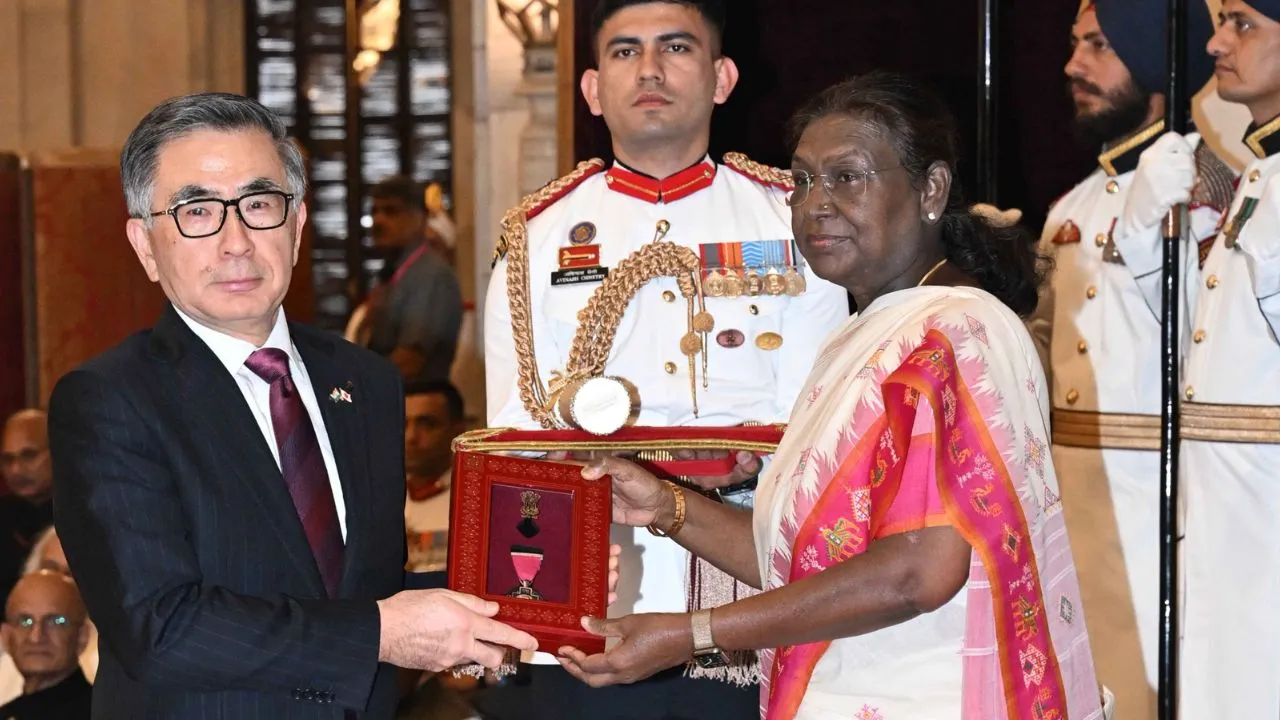
.webp)
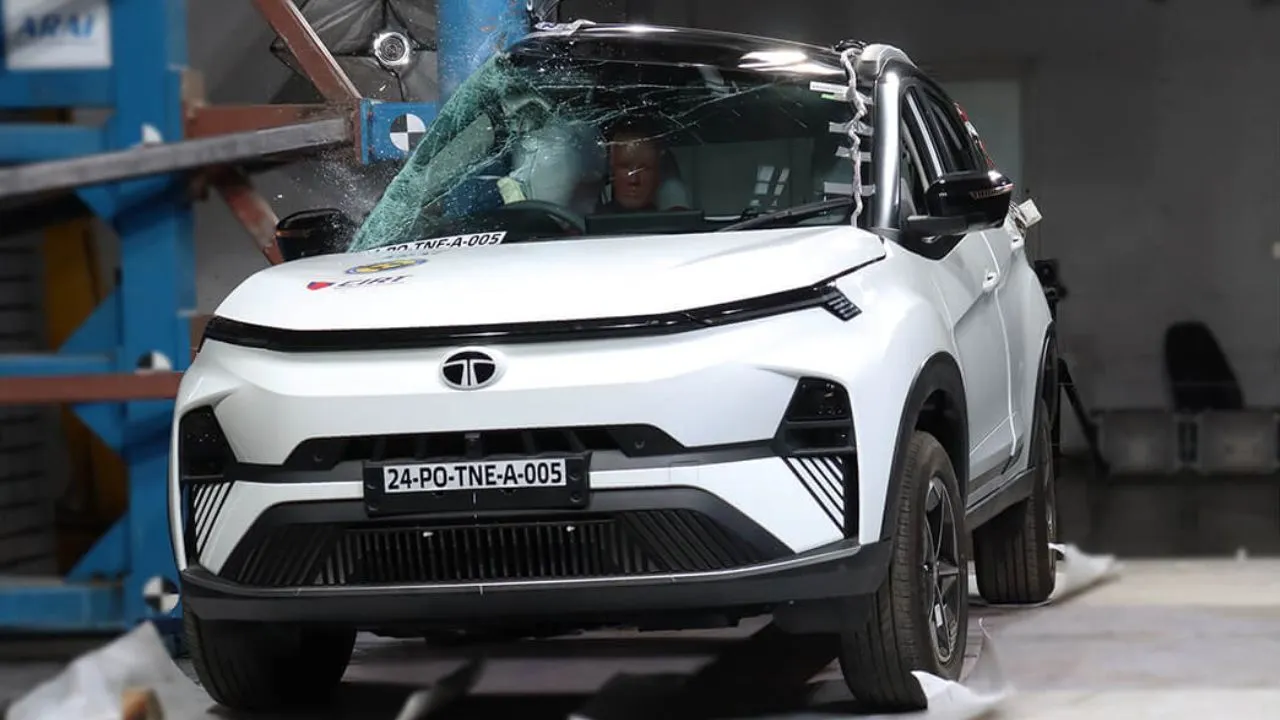
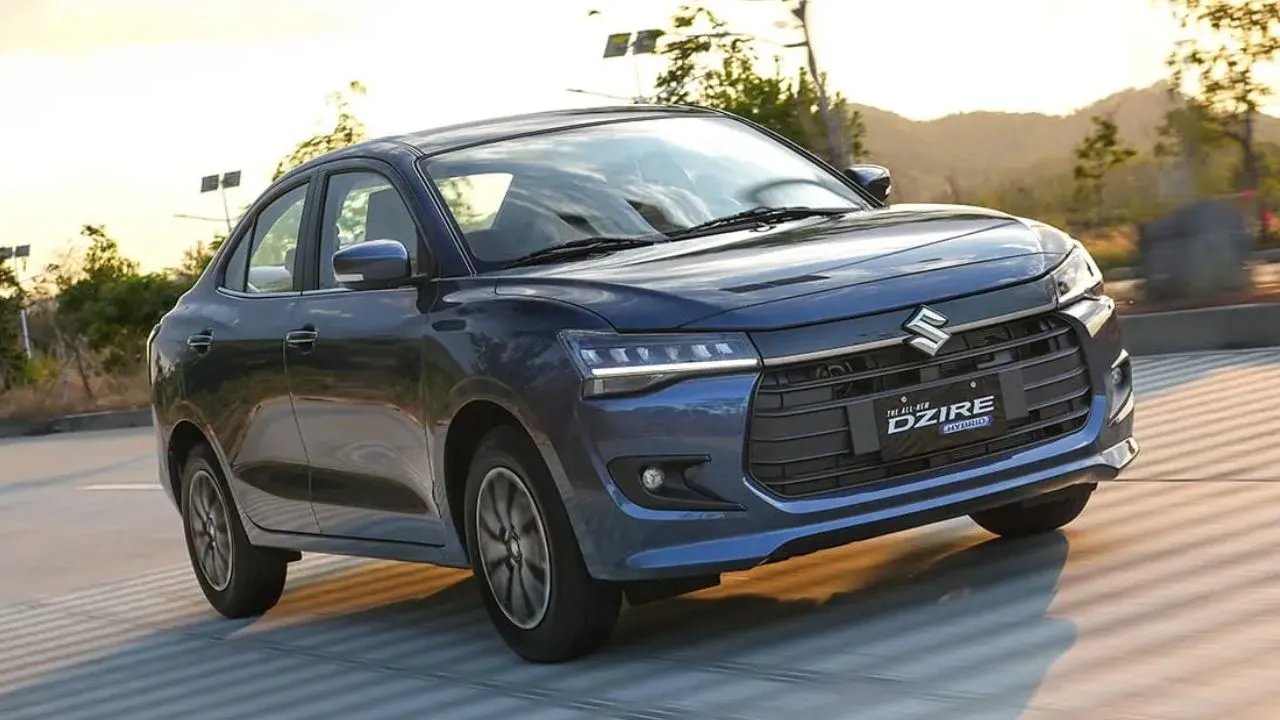



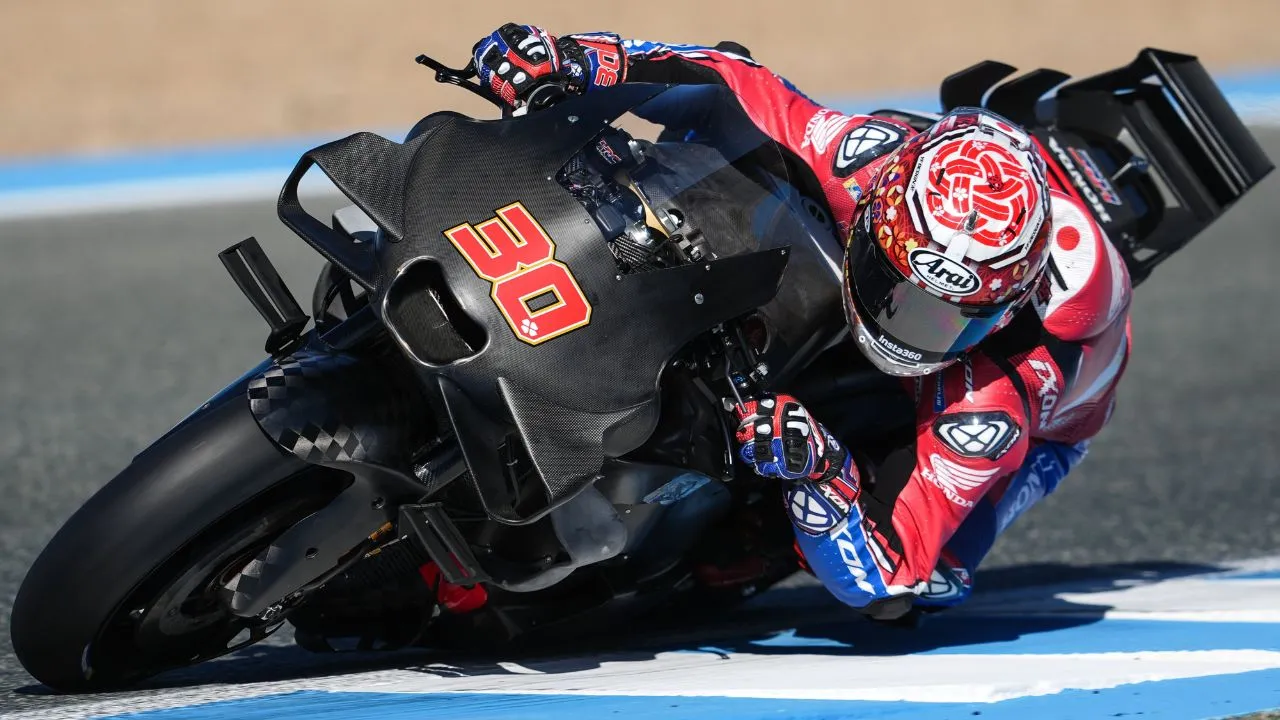
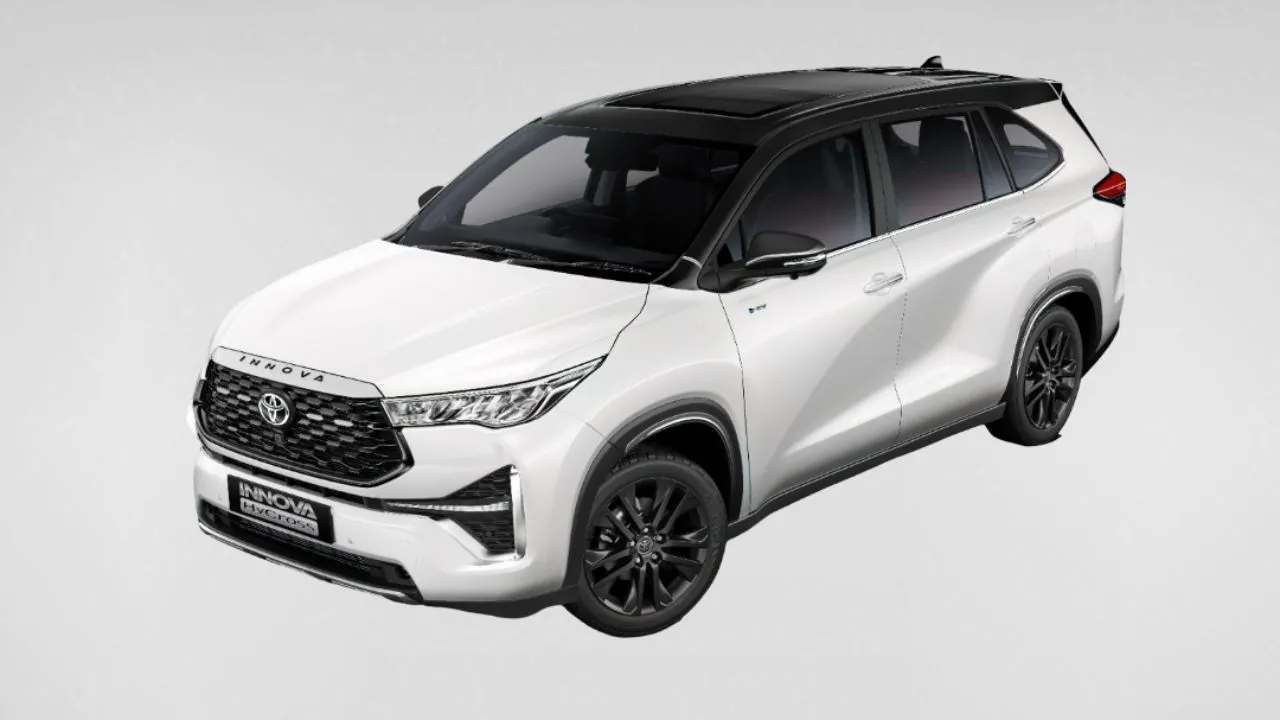















Write your Comment on